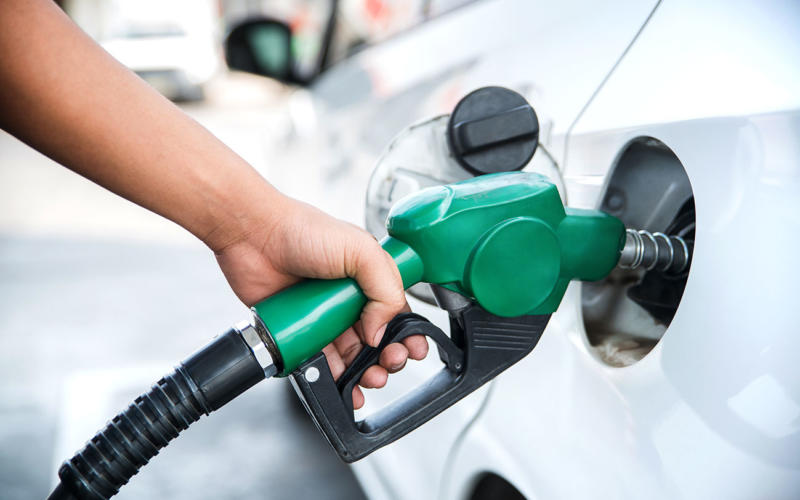OPEC Countries
OPEC's analysis arm on Tuesday issued a bullish outlook in its closely
watched monthly oil report, raising its forecasts of 2017 and 2018 demand for
the producer group's crude on expectations of a more robust global economy.
The report comes as oil ministers are mulling an extension of output cuts
to maintain their handle on the market.
Demand for OPEC crude this year will average 32.67 million b/d, OPEC
said, a rise of 200,000 b/d from August's estimate, while 2018 demand will
grow to 32.83 million b/d, a 400,000 b/d increase from August's forecast.
That compares with OPEC's August output of 32.76 million b/d, as
estimated by OPEC's secondary sources, the report showed.
OECD commercial stocks fell 18.7 million barrels in July and stand 195
million barrels above the five-year average, according to the report, down
from close to 340 million barrels at the beginning of the year.
"It is clear that the rebalancing process is underway," OPEC Secretary
General Mohammed Barkindo said in a speech at Oxford University on Monday,
before the report was released. "Destocking, both onshore and offshore, is
clearly evident."
OPEC ministers have held a flurry of bilateral meetings in recent days,
discussing, among other things, potentially extending the OPEC/non-OPEC
production cut agreement past its March expiry, as backed by Saudi Arabia and
Russia.
A monitoring committee, composed of ministers from Algeria, Kuwait, Oman,
Russia and Venezuela, was scheduled to meet September 22 in Vienna to discuss
the agreement. Saudi energy minister Khalid al-Falih, who holds the rotating
OPEC presidency, may also attend.
Falih and UAE counterpart Suhail al-Mazrouei "agreed that an extension of
the declaration beyond March 31, 2018, may be considered in due course as
fundamentals unfold," the Saudi energy ministry said in a statement after
their meeting Monday.
OPEC PRODUCTION
The deal, which went into force in January, calls on OPEC and 10 non-OPEC
producers, led by Russia, to cut a combined 1.8 million b/d from the market,
to hasten the drawdown of oil stocks to their five-year average.
For OPEC, that includes a notional ceiling of 31.9 million b/d, when
Indonesia, which suspended its membership in November, is taken out, and
Equatorial Guinea, which joined in May, is added in.
OPEC's August output, as estimated by secondary sources in the report,
was far above that, reflecting growth from Libya and Nigeria, which were
exempted from the cuts as they recovered from civil unrest.
Libya produced 890,000 b/d in August, according to the report, a 112,000
b/d fall from July as some fields were shut in by militants, but a 360,000
b/d rise from October, the benchmark month from which OPEC determined its
cuts.
Nigeria produced 1.86 million b/d in August, the report said, a 140,000
b/d rise from July and a 230,000 b/d increase from October.
Representatives from Libya and Nigeria have been invited to the
monitoring committee meeting to provide production outlooks, as some OPEC
members have begun to urge their inclusion in output cuts.
Saudi Arabia, which continues to lead the producer group in compliance
with its quota under the deal, produced 10.02 million b/d in August, according
to secondary sources, while the kingdom self-reported August output of 9.95
million b/d. Both figures are below its quota of 10.058 million b/d.
Iraq, among the least compliant of the participants, produced 4.45
million b/d in August, according to secondary sources, though it self-reported
a figure of 4.38 million b/d. It has a quota of 4.351 million b/d.
Third-largest producer Iran, which has a quota of 3.80 million b/d,
produced 3.83 million b/d in August, according to secondary sources, while
self-reporting a figure of 3.85 million b/d.
OIL MARKET BALANCES
OPEC's analysts kept their forecast for 2017 non-OPEC oil supply
unchanged from last month at 57.80 million b/d, growth of 780,000 b/d from
2016.
For 2018, non-OPEC oil supply was revised down 100,000 b/d from July's
estimate to 58.80 million b/d, up 1 million b/d from 2017.
The report cited "the currently improving price environment, which is
more suitable for the shale producers, the start-up of giant projects such as
Kashagan, the increasing number of active rigs in North America and the
proportionally remarkable investment in upstream projects," as reasons for its
projected growth in non-OPEC supply for 2017.
However, it noted that non-OPEC supply growth will taper in the second
half of 2017, which "suggests the possibility of more market rebalancing in
1H18."
On the demand side, OPEC revised upward its forecasts of total world oil
demand for 2017 by 50,000 b/d from last month to 96.77 million b/d, a rise of
1.42 million b/d from 2016.
For 2018, OPEC also revised up its estimate from last month, by 70,000
b/d to average 98.12 million b/d, an increase of 1.35 million b/d from 2017.
The increased demand forecasts come despite Hurricane Harvey, which
OPEC's analysts said would have a "relatively minor" impact on US economic
growth and oil demand.
But the report also noted that Hurricane Irma and other storms that could
follow may have knock-on effects for the oil market.
"In response, OPEC reiterates its commitment to working together with
other stakeholders for the stability and security of the oil market," it said.
--Herman Wang, herman.wang@spglobal.com
--Edited by Jonathan Dart, jonathan.dart@spglobal.com











